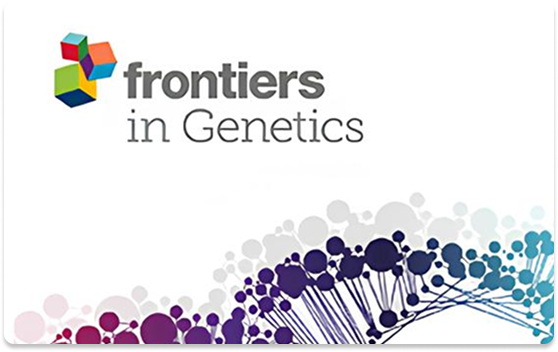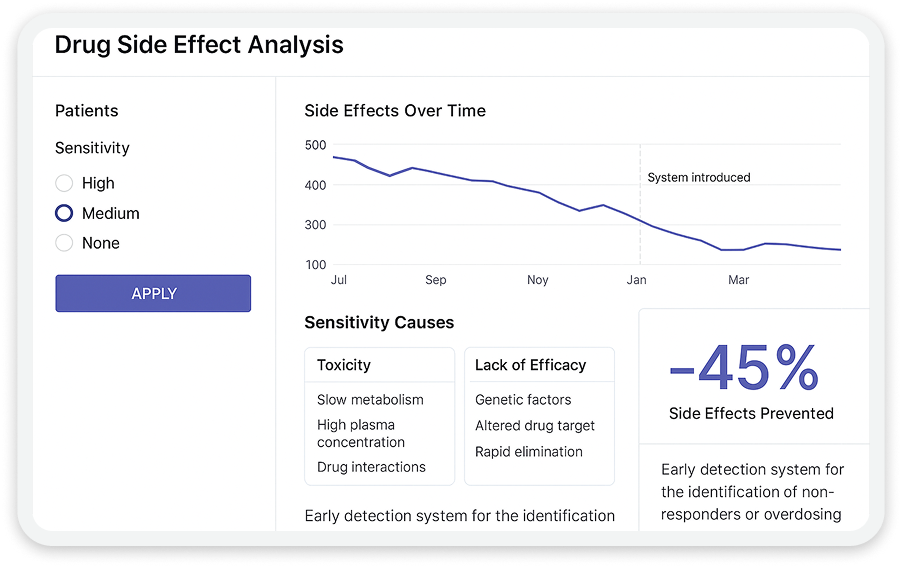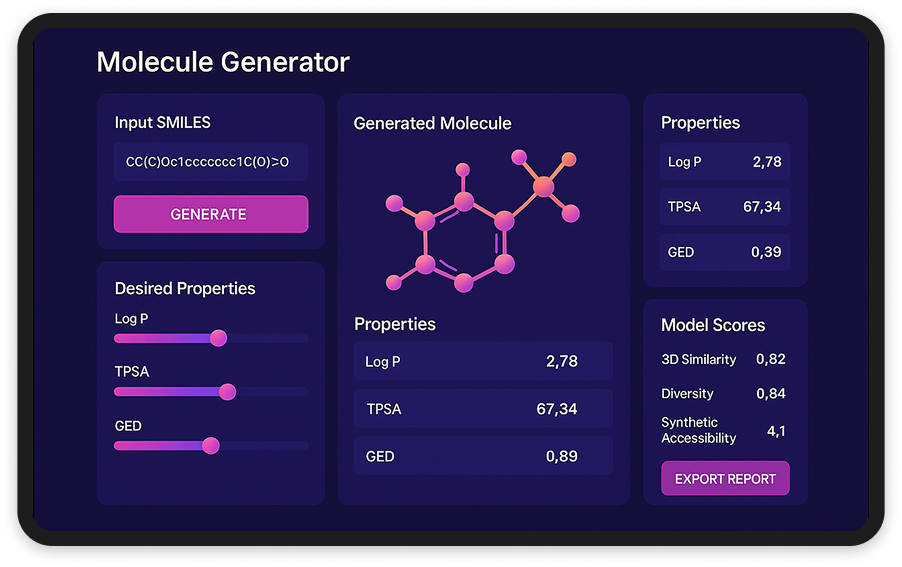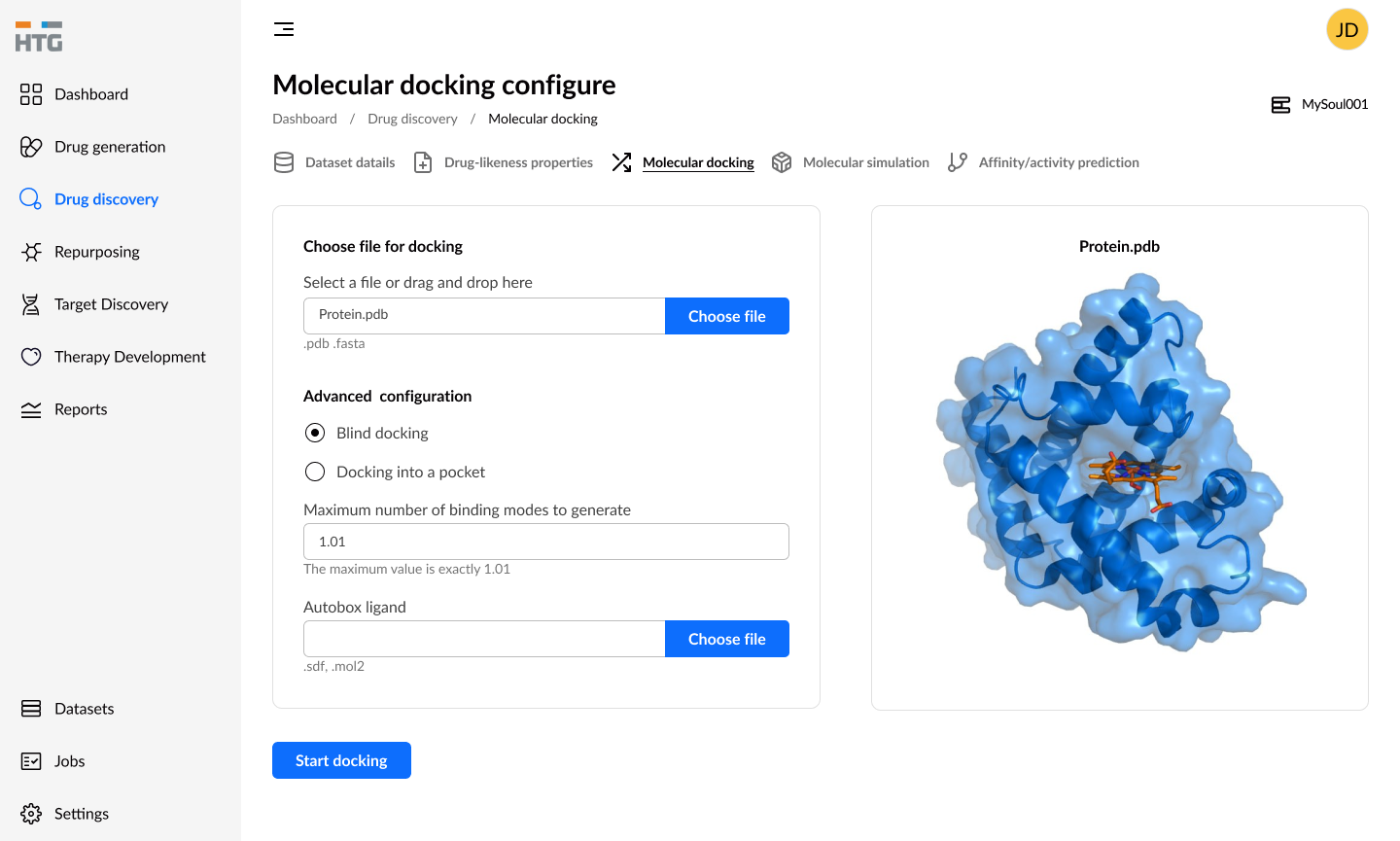This review article discusses telomere length (TL) as a biomarker for biological age and its role in understanding aging and age-related diseases. While TL is a widely recognized marker of aging, the paper highlights its limitations in providing an accurate estimate of aging and its limited clinical application in predicting age-related diseases and mortality. The article explores how TL, when combined with other markers such as the frailty index, homeostatic dysregulation, and epigenetic clocks, can be more informative in assessing biological age. The review also provides a detailed examination of the state of the art in aging research and the use of TL in clinical settings.
Takeaways:
- Telomere length (TL) is an established biomarker for aging, as it correlates with chronological age and is responsive to beneficial or harmful exposures.
- While TL is valuable, it is not a comprehensive marker of aging and has limitations in predicting age-related diseases and mortality on its own.
- TL remains an important marker of biological age when used alongside other markers, such as the frailty index and epigenetic clocks.
- TL testing meets the criteria for a biomarker of aging due to its minimally invasive nature and ability to be tested in both animals and humans.
- Despite its usefulness, TL’s role in predicting remaining life expectancy and monitoring underlying aging mechanisms requires further validation and improvement.





